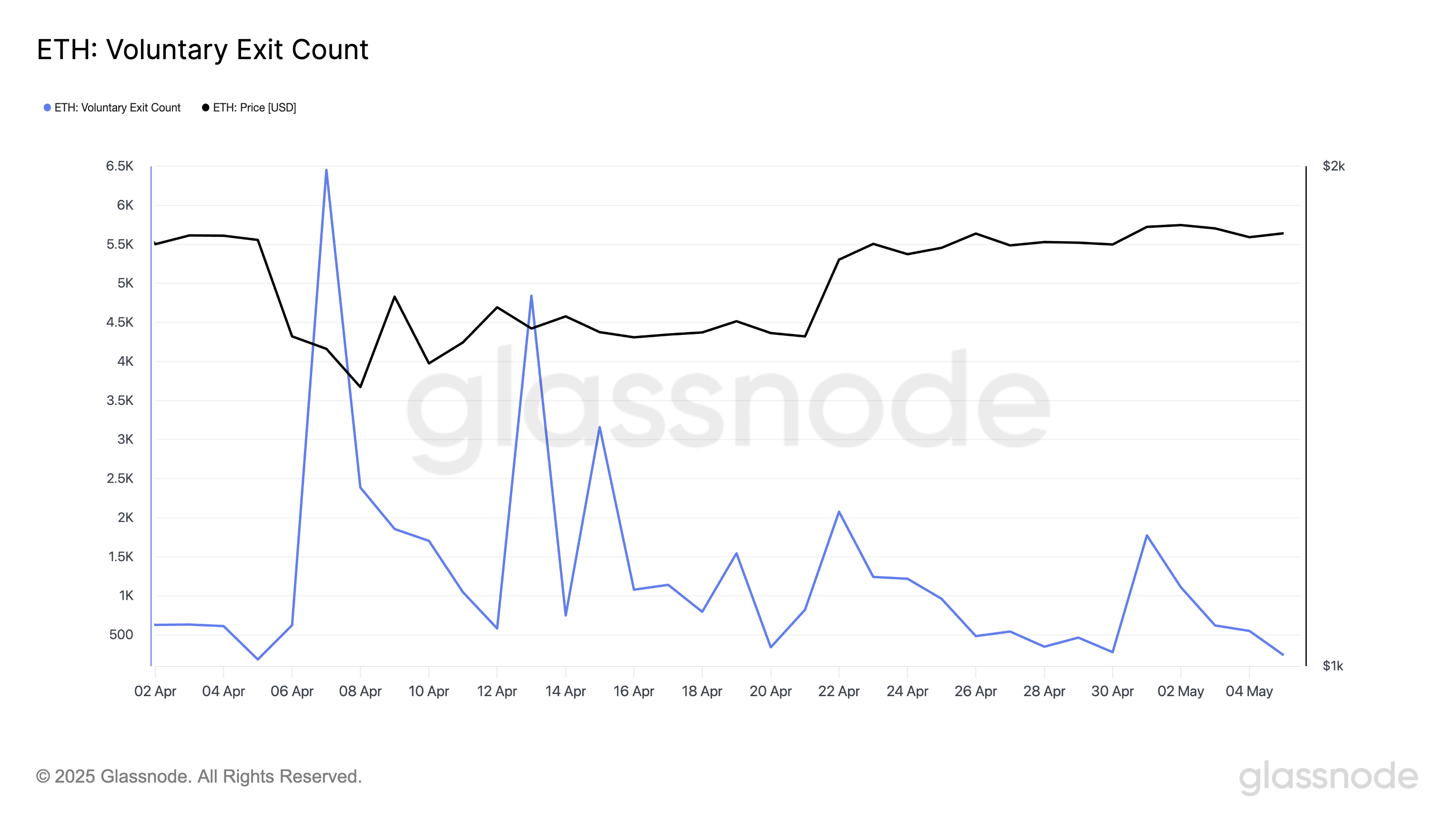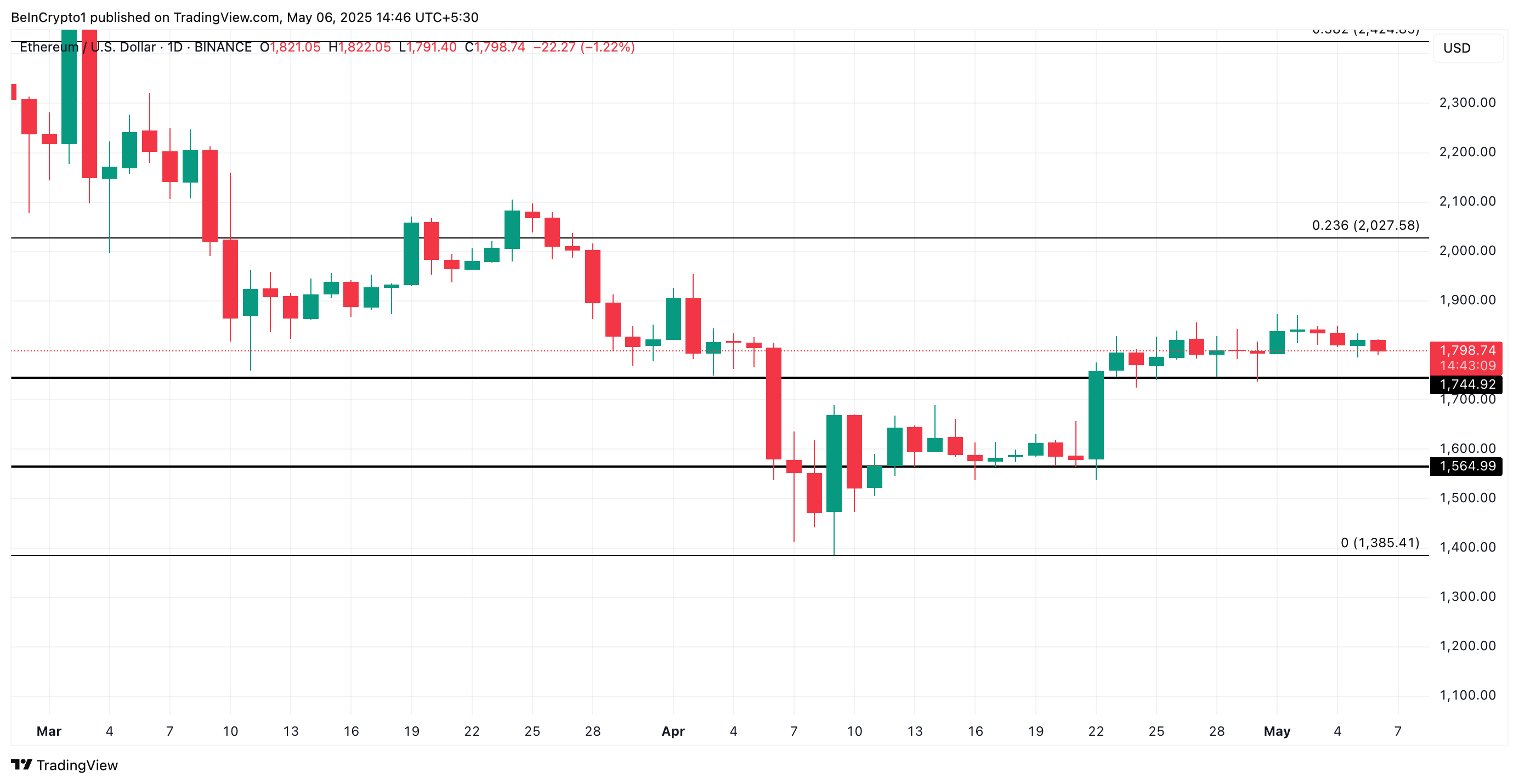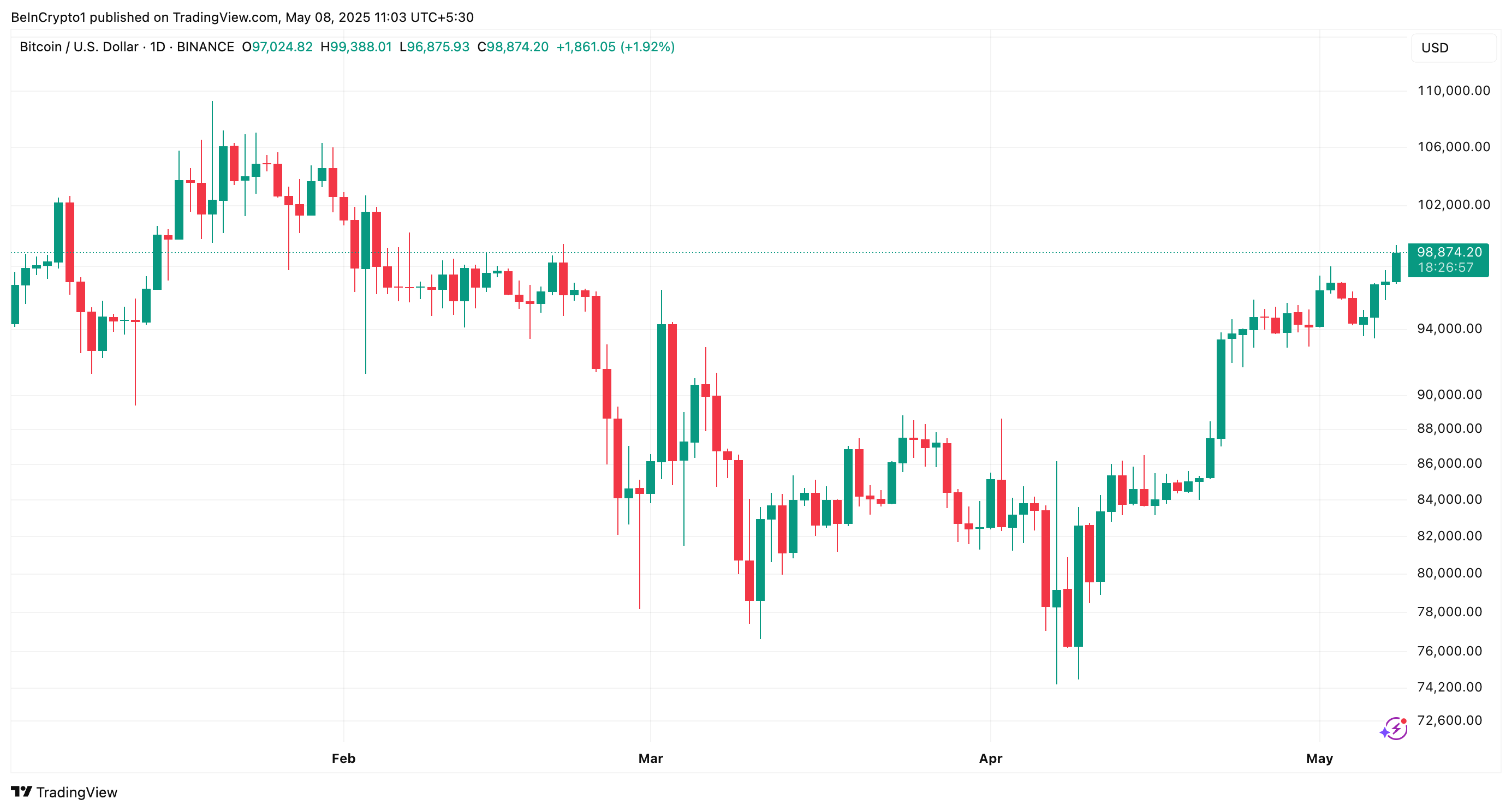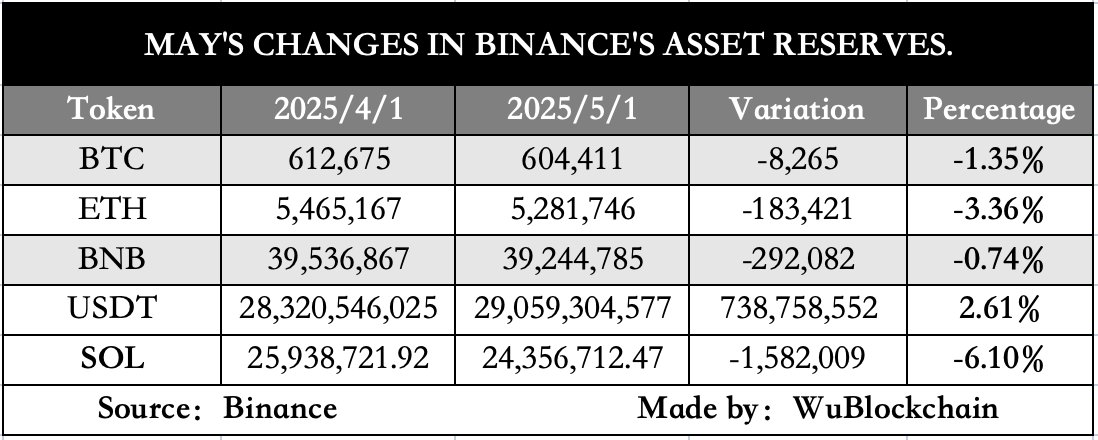Ethereum is set to undergo its highly anticipated Pectra upgrade tomorrow, and on-chain data suggests that validators are preparing to weather any market volatility.
Despite ETH’s lackluster price performance over the past week, the drop in validator exit points to a sense of confidence among network participants.
Ethereum Validators Hold Firm Ahead of Pectra
According to Glassnode, Ethereum’s validator voluntary exit count has declined noticeably since May 1, signaling a drop in the number of validators choosing to leave the network. On May 5, only 238 validators exited the network — the lowest daily count of validator exits from Ethereum since April 5.

This trend indicates that more validators are opting to stay put rather than liquidate their staked ETH, a sign of long-term confidence in the network and its coin.
With fewer exits, Ethereum validators appear optimistic about the network’s near-term outlook and the potential impact of the Pectra upgrade. Such sentiment, if sustained, could help lay the foundation for a post-upgrade ETH rally.
Moreover, the coin’s persistently positive funding rate reinforces the bullish sentiment surrounding ETH. At press time, ETH’s funding rate is 0.0027%, indicating that traders are still willing to pay a premium to maintain long positions.

A positive funding rate suggests bullish sentiment dominates the futures market, as long-position holders pay short sellers to keep their trades open. This dynamic reflects traders’ expectations of upward price movement.
Despite ETH’s continued struggle to break decisively above the $2,000 level, futures traders remain optimistic, consistently placing leveraged bets in anticipation of a price surge.
Bullish Setup Meets “Sell-the-News” Fears
As the countdown to Pectra ticks down, the fall in validator exit from Ethereum could tighten ETH’s circulating supply, contributing to a bullish breakout post-upgrade. If bullish sentiment persists, ETH’s price could rally to $2,027.
However, the risk of a “sell-the-news” event remains.

If the upgrade fails to meet market expectations or triggers profit-taking, ETH could experience downside pressure despite the optimistic signals from validator behavior. In this scenario, its price could fall to $1,744.
The post Ethereum Validators Stay Put Ahead of Pectra Upgrade — What This Means for ETH Price appeared first on BeInCrypto.






